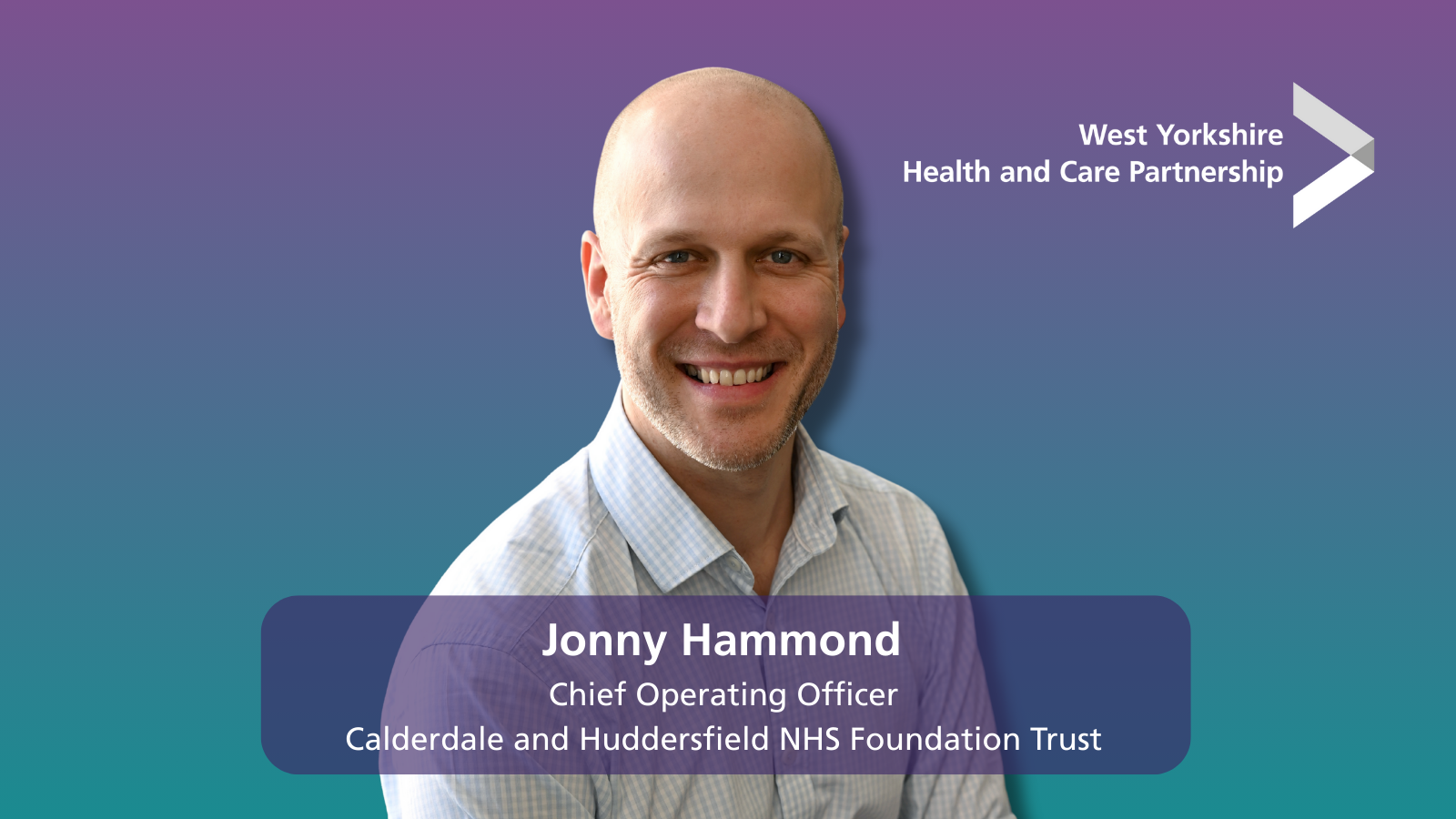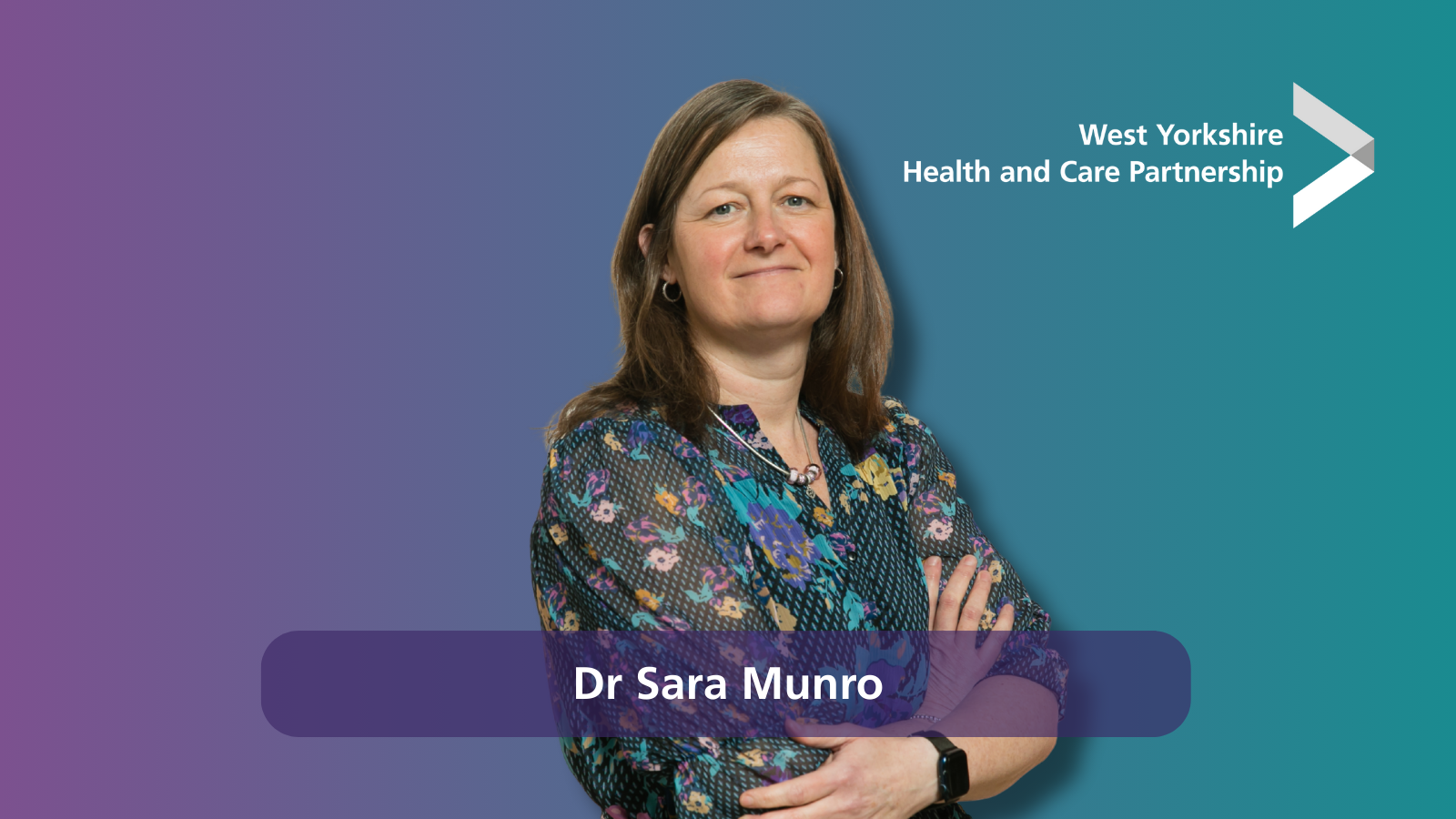 Hello, my name is Jonny, and I am the Chief Operating Officer (COO) at Calderdale and Huddersfield NHS Foundation Trust.
Hello, my name is Jonny, and I am the Chief Operating Officer (COO) at Calderdale and Huddersfield NHS Foundation Trust.
For those who don’t know our trust, we have two hospitals, Calderdale Royal Hospital and Huddersfield Royal Infirmary. We also provide community services in Calderdale. Our hospitals typically see over 500 emergency department (ED) attendances and more than 100 ambulance attendances each day.
I won’t be the only COO saying that in comparison to last year we’re seeing a rise in ED attendances. For us it’s a rise of around 5%, coupled with an increase in patient complexity with more major and resuscitation attendances than before. We have also used 5,000 more bed days over the year, linked to patients who are waiting for transfer of care to the community.
It will come as no surprise that patient flow through our hospitals is a priority, and that we need to deliver timely care, in the right place, for our patients. We also need to reduce the continued pressure on our services, using the resources we already have.
Through the innovation and dedication of colleagues across #TeamCHFT at all levels, we have driven effort to make sure our patients are cared for closer to home. We know this improves outcomes, experience and quality of care.
Tracking the patient pathway using the data we already hold in our clinical systems has meant that we have implemented focused work. This better utilises our community services and is reducing delays in hospital.
It takes a mindset shift to think ‘home first’ but our hospital and community teams have embraced what may seem like small changes to make a big difference. Things such as making sure that every patient has a recorded discharge ready date and well organised wards are leading to improved quality of planned and unplanned discharges. Where patients do stay with us for more than seven days, we support them through our long length of stay project. This is a multi-disciplinary team approach to reviewing care and planning for discharge.
Once discharged back into the community, we know a wide range of community services are there to support a patient through their recovery. Our virtual wards, urgent community response teams, and outpatient parenteral antimicrobial therapy are now embedded within our hospital teams to allow the safe management of patients outside of the hospital environment.
In February, we started a pilot to enhance our same day emergency care service at Huddersfield Royal Infirmary. The aim was to make sure patients on our urgent and emergency care pathway spend no more than 12 hours in our ED by getting them seen by the correct speciality at the earliest opportunity. The service now sees around 100 patients per day. Compared to before the pilot, we have seen a 25% improvement in the number of patients treated within 60 minutes. In March, our ED performance was 81.8% compared to 68.0% in the year to date. We are also consistently meeting the four-hour performance target and in March, we nationally ranked fourth out of 125 trusts for Type 1 attendances.
It is not just the figures that reflect the huge impact our same day emergency care service is having; our colleagues are feeling the benefits too. We’ve had feedback about how morale has improved, and how the environment in our ED feels more relaxed and focused with a reduction in overcrowding. This is all helping to give colleagues more time for patients.
As there has been such a positive impact for patients, we have now expanded this service to Calderdale Royal Hospital and have seen similar benefits.
Though this is just a snapshot of the work we’re doing at CHFT, we know that delivering on the left shift from hospital to home is a system effort.
Although the environment we are working in may feel uncertain, one thing I am certain of is the dedication and commitment of colleagues to try new ways of working, for the benefit of our patients. I am excited to see how this continues to develop over the coming months.
Thank you for reading
Jonny


 Hello, my name is Jonny, and I am the Chief Operating Officer (COO) at Calderdale and Huddersfield NHS Foundation Trust.
Hello, my name is Jonny, and I am the Chief Operating Officer (COO) at Calderdale and Huddersfield NHS Foundation Trust. NHS providers across Leeds are taking a significant step towards closer collaboration, supported by the NHS West Yorkshire Integrated Care Board (ICB). This is part of a wider review of how local organisations work together to plan and deliver integrated care services.
NHS providers across Leeds are taking a significant step towards closer collaboration, supported by the NHS West Yorkshire Integrated Care Board (ICB). This is part of a wider review of how local organisations work together to plan and deliver integrated care services. Steph Burgess, Airedale NHS Foundation Trust’s stammering lead, was a guest at a parliamentary reception this month, to see the launch of a new report in support of children who stammer.
Steph Burgess, Airedale NHS Foundation Trust’s stammering lead, was a guest at a parliamentary reception this month, to see the launch of a new report in support of children who stammer.